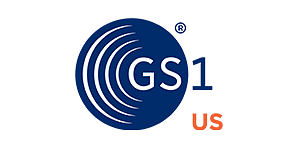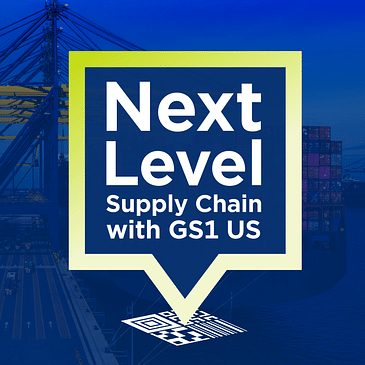Imagine if barcodes not only speed up your grocery checkout but also transform logistics, healthcare, and the overall efficiency of global supply chains.
In this episode, hosts Reid Jackson and Liz Sertl are joined by Rich Eicher, Director of codeREADr. With his extensive experience in barcode innovation, Rich shares insights into how modern camera-based barcode readers surpass traditional laser readers and why dedicated barcode scanning devices are preferred in specific environments.
Rich explains barcodes' critical role in various business applications, from facilitating accurate inventory management to preventing costly supply chain errors. He also elaborates on the industry's adaptation to consumer demands, the significant challenges of barcode inaccuracies and their impact on delivery services, and how advancements in AI and ChatGPT are poised to revolutionize data capture and processing across industries.
In this episode, you’ll learn:
-
The differences between laser and camera-based barcode readers commonly used in grocery stores.
-
The importance of barcodes in various business applications and the issues caused by barcode discrepancies in the supply chain.
-
The upcoming GS1 Sunrise 2027 initiative is transitioning to QR codes for enhanced data capture.
Jump into the Conversation:
[00:00] Introducing Next Level Supply Chain
[01:01] Who Rich Eicher is, and what he does
[03:08] The different barcodes and their significance
[10:13] All about laser reading barcodes
[13:12] The importance of using barcodes and why companies are shifting to using them more
[16:22] The problems that come along with not using barcodes
[22:16] Other trends happening outside of barcodes
[27:22] Rich’s favorite technology he is using right now
[29:51] Closing
Connect with GS1 US:
Our website - www.gs1us.org
Connect with the guest:
Rich Eicher on LinkedIn



